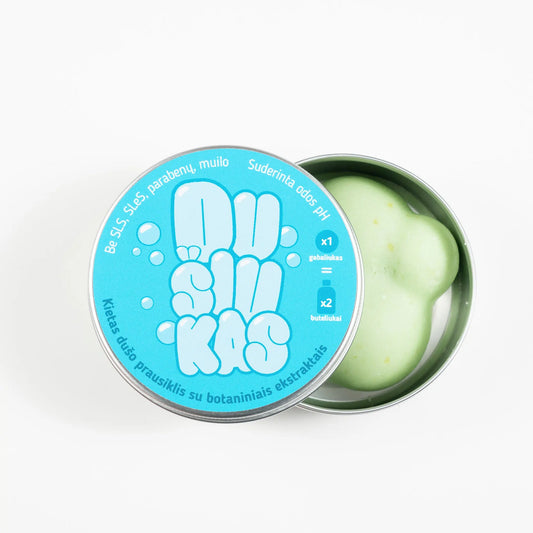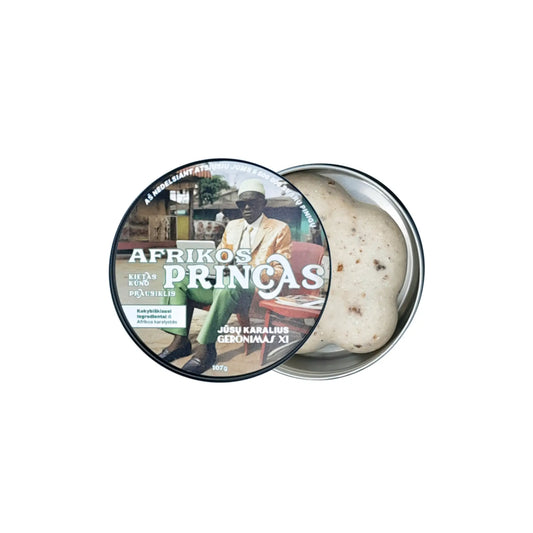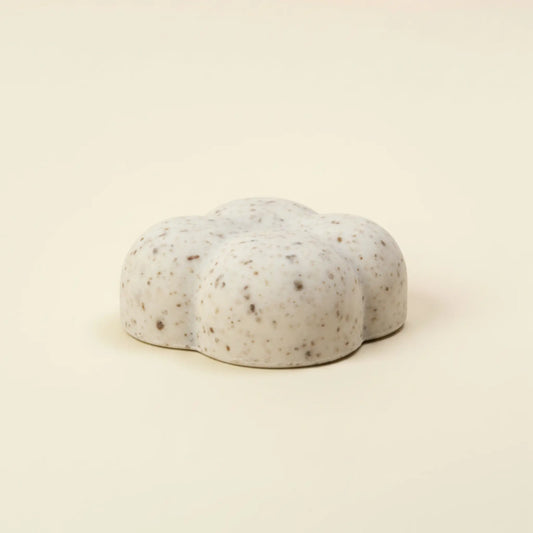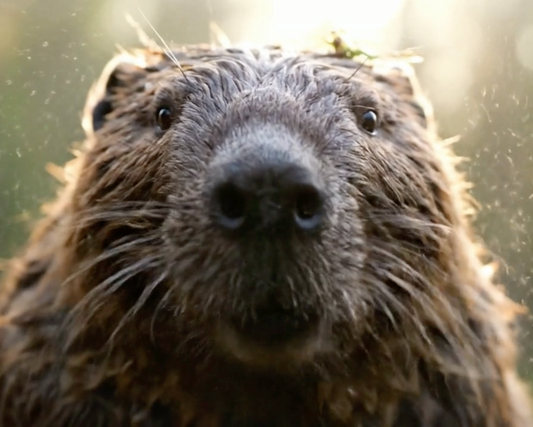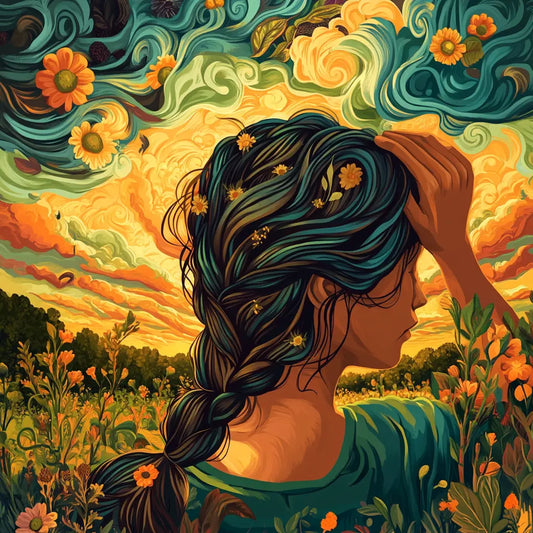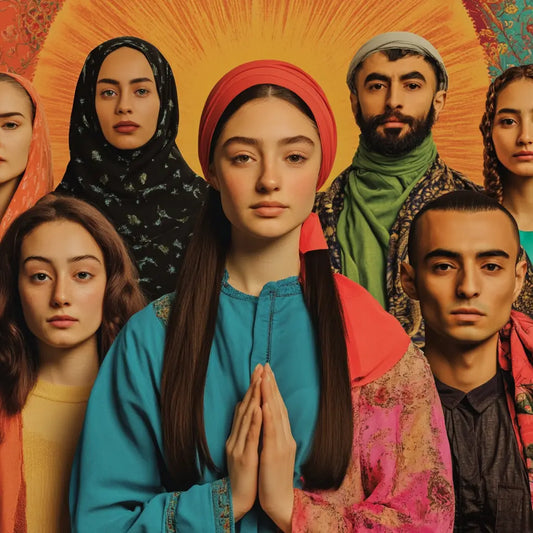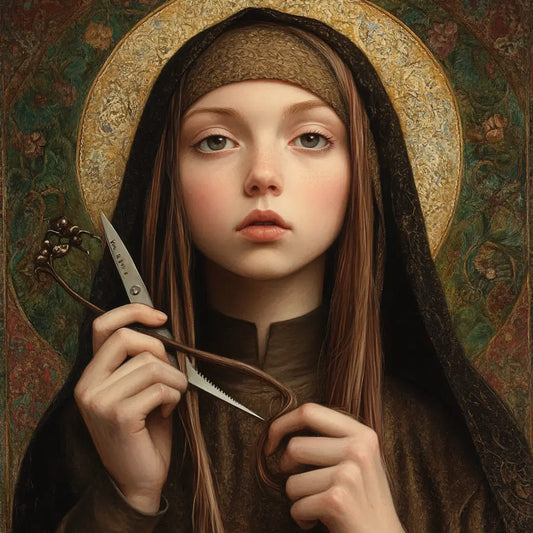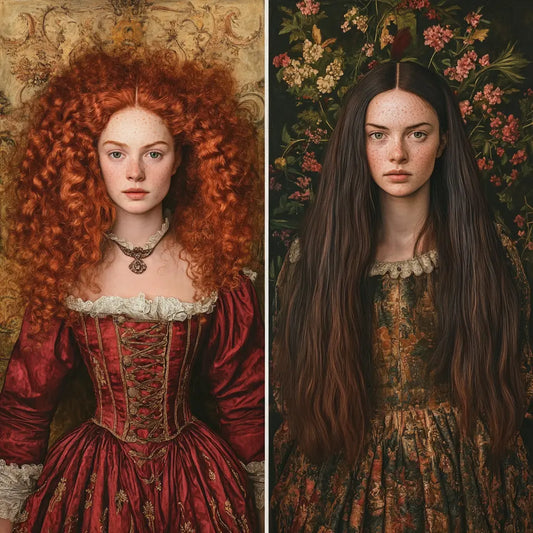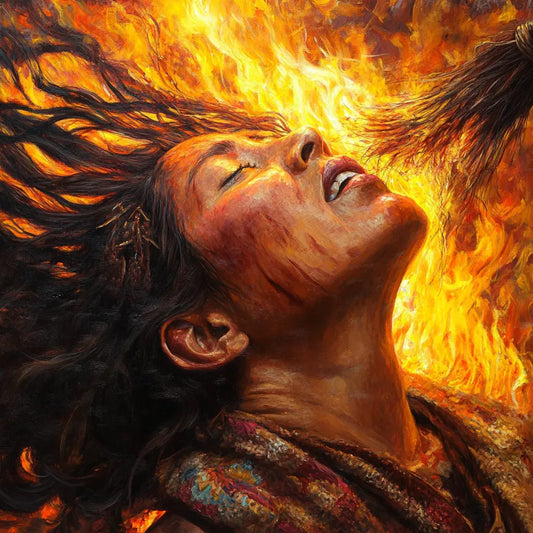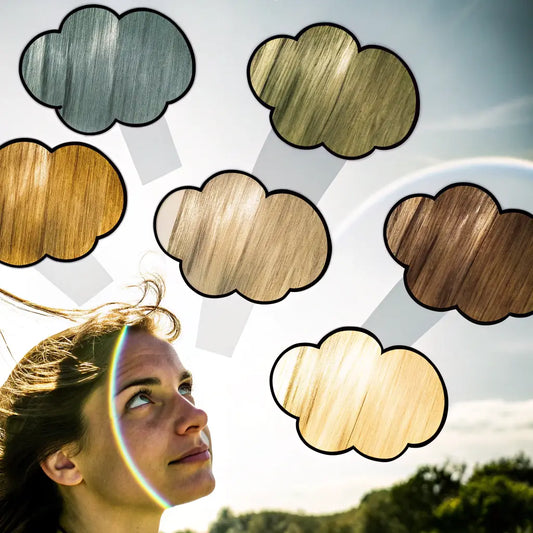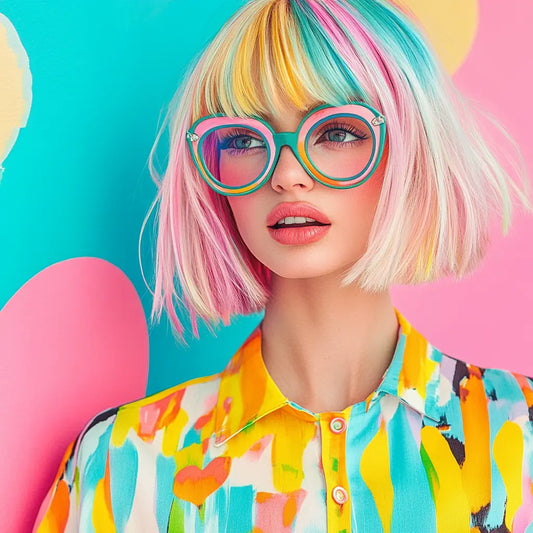The story of Rapunzel is not just a tale about a girl with long hair locked in a tower. It is a story full of symbols that explores themes of freedom, control, and identity, all of which are closely intertwined with Rapunzel’s hair. Her hair serves as both a tool of imprisonment and a path to liberation. In this article, we will take a closer look at the meaning of Rapunzel’s hair, revealing how it represents power, femininity, and freedom. Along the way, we will discuss interesting facts, insights, and unexpected numbers that may change your perspective on this age-old tale.

Rapunzel review
The tale of Rapunzel, most popularized by the Brothers Grimm in 1812, is part of an old European folklore tradition. In the tale, Rapunzel is locked in a tower by an evil witch known as Mother Gotl . The parents were forced to make a deal with Gotl for the plant "rapunzel", which Rapunzel's mother had long desired during her pregnancy. The witch uses Rapunzel's incredibly long hair to reach the tower. Later, the prince uses the same hair to climb the tower and meet Rapunzel, and thus begins their secret relationship. Eventually, Gotl discovers the prince's visits, cuts off Rapunzel's hair, and banishes her. After a period of hardship, Rapunzel and the prince are reunited, symbolizing the triumph of love and personal freedom over control and isolation.
- Fun fact: The name "Rapunzel" comes from a wild type of lettuce called Campanula rapunculus , which was often used in salads at the time. This detail gives the tale a simple and down-to-earth beginning, despite the magical and dramatic events that follow.

Hair symbolism as a path to freedom
Rapunzel's hair is not just a physical feature, but also a bridge to freedom . Her hair serves as both a means of control and a tool of liberation . It is through her hair that Rapunzel first establishes contact with the outside world, allowing others to enter her tower—first Mother Gotl, and later the prince. Her hair becomes her means of escaping her isolation.
- Numbers: Rapunzel's hair is described as 20 cubits long, which is about 9 meters in modern measurements. This incredible length emphasizes the power of her hair, which can become a line of life and freedom.

Rapunzel's hair is not just a symbol of beauty - it is a symbol of her strength and independence . Despite being locked in a tower, Rapunzel's hair became her way out into the outside world . First as a means for Gotl to control her, and later as a way for the prince to enter her life. This connection to freedom is significant in many fairy tales, where physical features such as hair often symbolize a deeper meaning.
- Fact: Hair has long been associated with spiritual and personal power in many cultures. For example, in Sikhism , uncut hair (called Kesh ) is a sign of devotion and spiritual strength. Similarly, Rapunzel's hair can be seen as a sign of her inner power, even in captivity.
Research Insight: A 2018 study published in the Journal of Folklore Research examined the role of hair in folktales and found that hair is often used as a symbol of personal identity and autonomy. The study notes that in more than 70% of tales where hair is important, it serves as a central element in the character’s escape from oppression or transformation into a stronger self.

Femininity and Control in the Story of Rapunzel
Rapunzel's hair not only symbolizes freedom, but also femininity . In many cultures, long hair is associated with beauty, purity, and femininity. In Rapunzel's case, her hair is a central part of her identity as a young woman, and it also becomes a tool of imprisonment . Mother Gotl controls Rapunzel's hair, which reflects society's attempts to control women's bodies and autonomy.
- Fun fact: In the Victorian era, a woman's long hair was considered a symbol of modesty and beauty. Cutting a woman's hair short was considered a punishment or a sign of rebellion against societal norms, similar to Rapunzel's hair being cut by Mother Gothel.

The control of Rapunzel's hair is a profound symbol. It reflects a broader problem of how society often attempts to control women's bodies, appearance, and identity. Mother Gotl uses Rapunzel's hair as a physical tool to maintain her power over Rapunzel. By keeping Rapunzel isolated and using her hair as a way to get into the tower, Gotl maintains complete control over both Rapunzel's physical and emotional worlds.
- The numbers: Research shows that 57% of women in the US believe that their hair has a significant impact on their self-esteem. This shows how strongly hair is connected to a person's identity, much like Rapunzel's long hair becomes a crucial aspect of her worth and how others view her.

Hair, in fairy tales and in real life, often serves as a symbol of femininity, but it can also be a tool of oppression . Rapunzel's inability to control her hair symbolizes her inability to control her life. Mother Gotl's cutting of her hair is an act of domination, further emphasizing that women's bodies (in this case, Rapunzel's hair) are often controlled by external forces.
- Fact: In some cultures, cutting hair was used as a form of punishment or control. For example, during World War II, women accused of collaborating with the Nazis had their heads shaved as a public means of humiliation and control over their femininity.
Rapunzel's rescue and rebirth
Rapunzel's rescue is not just a physical escape - it is a profound moment of rebirth and self-discovery. Until her rescue, Rapunzel's life was controlled by a witch, and her hair was both her prison and her lifeline. When Mother Gotl cuts off Rapunzel's hair, it initially feels like a loss. However, this act becomes a turning point in Rapunzel's journey to true freedom.
- Fact: In psychological interpretations of fairy tales, cutting hair is often seen as a symbol of transformation . A 2016 study examining mythological symbols found that in stories, cutting hair marks a transition from dependence to independence, or from innocence to maturity.

After Rapunzel's hair is cut, she is banished from the tower and separated from the prince. At first, it seems like punishment. But it becomes the beginning of a life of her own . Freed from the tower and her addiction to long hair, Rapunzel begins her journey toward adulthood and independence. Her meeting with the prince symbolizes not only the triumph of love, but also the regaining of Rapunzel's strength and identity.
- Numbers: At the end of the tale, Rapunzel's tears cure the prince's blindness. Healing tears are a recurring motif in folklore, often reflecting the healing power of love and sacrifice. In 88% of tales that feature tears, they serve as a symbol of redemption, reconciliation, or transformation, according to a 2017 survey of folklore traditions.

The cutting of Rapunzel's hair is significant because it marks the end of one chapter and the beginning of another. Without the long hair that defines her, Rapunzel is no longer constrained by Mother Gotl's control. She has the opportunity to discover herself beyond her beauty and hair, allowing her to fully harness her power.
Myth debunking and interesting facts
Here are some myths and little-known facts about the story of Rapunzel:
- Myth: Rapunzel's hair had magical powers.
Fact: Although Rapunzel's hair is depicted as magical in Disney's Tangled , in the original Brothers Grimm tale, her hair had no supernatural powers. Its strength and length were symbolic, but not magical. - Fact: The original story of “Rapunzel” comes from Giambattista Basile ’s Italian folktale called “Petrosinella.” This version also uses the heroine’s hair in a similar way, but the story involves different magical elements and settings.
- Myth: Rapunzel was always a princess.
Fact: In early versions of the tale, Rapunzel was not from a royal family. She was the daughter of common parents who made a deal with a witch in exchange for food during her pregnancy. - Fact: Hair is an important symbol in many fairy tales. A 2015 analysis of European folklore found that in over 40% of fairy tales, hair is a symbol of identity, beauty, or power.
- Fun fact: The length of Rapunzel's hair is often exaggerated in modern adaptations, where it is depicted as 70 feet long. However, in the original Grimm version, 30 feet (about 9 meters ) was the practical length needed for use as a rope.

Practical advice and life lessons from the story of Rapunzel
The story of Rapunzel is full of life lessons that are still relevant today:
- Reclaim your autonomy: Rapunzel's journey teaches us the importance of regaining control over our lives and bodies. Like Rapunzel, we must strive to free ourselves from external forces of control.
- Your identity is more than your appearance: The story of Rapunzel shows that identity lies in deeper qualities than just outer beauty. While her hair is important in the story, her true strength comes from her inner strength.
- Transformation often comes through hardship: Rapunzel's trials lead her to personal growth. Sometimes it takes hardship to discover our true potential.
- Strength can come from unexpected places: Rapunzel's hair, which was used to control her, ends up becoming her means of escape. Remember that what seems like a limitation can become a strength when used properly.
- Love and sacrifice go hand in hand: Ultimately, it was Rapunzel's love and sacrifice that allowed her to be with the prince. True love requires both giving and receiving.
Frequently Asked Questions (FAQ)
1. Was Rapunzel's hair magical in the original fairy tale?
No, in the Brothers Grimm version, Rapunzel's hair was just very long and strong, but it wasn't magical.
2. How long was Rapunzel's hair?
Rapunzel's hair was described as being 20 cubits long, or about 30 feet long, which allowed it to be used as a rope to climb the tower.
3. Why did Mother Gotl cut Rapunzel's hair?
Mother Gotl cut off Rapunzel's hair as punishment when she found out that Rapunzel was dating a prince. It was an attempt to take away her power and further isolate her.
4. What does Rapunzel's hair symbolize?
Rapunzel's hair symbolizes freedom, identity, and femininity. It serves as a means of control and empowerment, reflecting her journey from imprisonment to independence.
5. What is the moral of the tale of Rapunzel?
The tale of Rapunzel teaches about finding personal freedom, reclaiming one's identity, and finding strength through hardship. It also emphasizes the value of love and sacrifice.

Conclusion
Rapunzel’s hair is much more than just a physical feature. It serves as a complex symbol that represents freedom, identity, and control. Throughout her story, Rapunzel’s hair is used as both a tool of oppression and a means of escape, symbolizing the tension between captivity and liberation. Her ultimate rescue and transformation show that true strength and identity lie within, even when physical features like hair play a significant role. By understanding the deeper meaning of Rapunzel’s story, we discover timeless lessons about empowerment, self-discovery, and the triumph of personal freedom.


